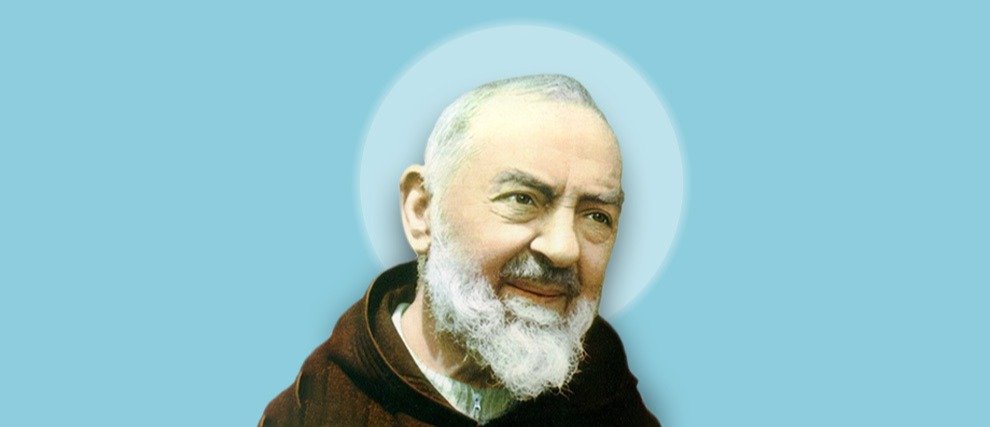Rosarium Virginis Mariae: Excerpts and Teachings from John Paul II's Apostolic Letter on the Rosary
On October 16, 2002, Pope John Paul II published his apostolic letter on the rosary. It is titled Rosarium Virginis Mariae. In this letter, the Polish pope expresses the deep devotion he has for the Blessed Virgin through praying the rosary. He also speaks about the saints who worked to spread the rosary. John Paul II urges us to use our rosaries and discover the many spiritual benefits tied to this Marian prayer.
Presentation of Rosarium Virginis Mariae
This apostolic letter was published on the anniversary of the Polish pope's election. John Paul II had a profound devotion to the Virgin; his letter testifies to this, as does the Year of the Rosary he established between 2002 and 2003.
“How many graces have I received from the Blessed Virgin through the rosary over the years: Magnificat anima mea Dominum! I wish to raise my thanksgiving to the Lord with the words of His most holy Mother, under whose protection I have placed my Petrine ministry: Totus tuus!”
After an introduction explaining the origin of the rosary, the pope develops his argument in three chapters. He wants to convey that the rosary is both a Marian and Christological prayer. He then explains his desire to add a series of mysteries to give Christians “a complete summary of the Gospel.”
He concludes by explaining some spiritual benefits of praying the rosary and the missionary dimension of this type of prayer.
The Rosary: A Prayer to Be with Christ and His Mother
The rosary is a widely recommended prayer by popes and saints since its official recognition. It complements other forms of prayer. The innovative aspect of the rosary is the union between Christ and the Virgin Mary. John Paul II explains: “Indeed, to recite the Rosary is nothing other than to contemplate with Mary the face of Christ.”
“Through this process of configuration to Christ, through the Rosary, we entrust ourselves in a special way to the maternal action of the Blessed Virgin.”
“Never as in the Rosary do the paths of Christ and Mary appear so closely united. Mary lives only in Christ and for Christ!”
The Rosary: “A Summary of the Gospel”
“The Rosary is both meditation and supplication. The insistent plea of the Mother of God is based on the confident certainty that her maternal intercession is all-powerful over the heart of her Son.”
The Original Mysteries of the Rosary
Until 2002, when this letter was published, the rosary consisted of three sets of mysteries corresponding to the three series of mysteries proposed by the Church:
This structure corresponded to the 150 Hail Marys that monks recited daily in the Middle Ages, which was long called the Psalter of Mary. John Paul II wanted to enrich this prayer to unite Christ and His Mother in one prayer. He therefore added the Luminous Mysteries.
The Addition of the Luminous Mysteries
“To give a more distinctly Christological orientation to the Rosary, it seems appropriate to make an addition; while leaving this to the free choice of individuals and communities, it could allow for the inclusion of the mysteries of Christ's public life between His Baptism and His Passion.”
“For the Rosary to be called a 'summary of the Gospel,' it is fitting that, after recalling the Incarnation and the hidden life of Christ (Joyful Mysteries), and before focusing on the sufferings of the Passion (Sorrowful Mysteries) and the triumph of the Resurrection (Glorious Mysteries), meditation should also turn to some particularly significant moments of His public life (Luminous Mysteries).”
Method for Meditating on the Rosary
The Use of a Rosary
John Paul II explains in Rosarium Virginis Mariae that the use of a rosary is important for meditating on the rosary. He explains that this devotional object serves to remind us that everything begins with Christ and returns to Christ through the intercession of the Virgin Mary.
He also states: “It is also beautiful to extend the symbolic meaning of the rosary to our mutual relationships; through it, we are reminded of the bond of communion and fraternity that unites us all in Christ.”
Example of Meditating on the Rosary
The pope provides an example of meditation to help us pray the rosary better:
Announce the mystery.
Read a passage from Scripture related to the mystery.
Take a moment of silence to reflect on what the mystery tells us.
Pray the decade, beginning with an Our Father, followed by ten Hail Marys.
A Prayer for Missionaries and Families
For Pope John Paul II, the length of the rosary is not a sufficient reason for young people not to pray it. He encourages families to pray the rosary together, adapting the content so that children can discover the graces that the rosary offers.
A Call to Youth and Families
“If the Rosary is well presented, I am sure that young people will once again surprise adults by embracing this prayer and reciting it with the enthusiasm characteristic of their age.”
The Pope's Final Exhortation
“Dear brothers and sisters! A prayer so simple, yet so rich, truly deserves to be rediscovered by the Christian community.”
Pray the Rosary with Hozana and Rosario
By signing up for free on Hozana, you can join various prayer communities. You will discover many opportunities to pray the rosary.
to help you discover or rediscover this prayer. Praying the rosary with the saints is also a beautiful way to deepen this prayer. You can join .
The rosary is a means to walk the path of holiness. into your prayer life.

